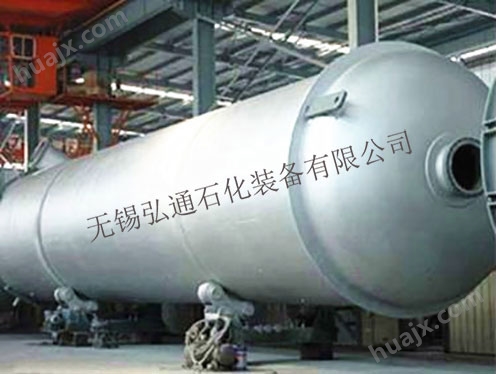原理介绍/Working Principle
使溶液在真空下闪急蒸发而绝热冷却的结晶方法。真空结晶实质上是同时依靠浓缩与冷却来产生过饱和度而结晶。真空冷却结晶操作条件为:真空度2000-4000 Pa,结晶平均停流时间1.5~2.0 h,冷却终点温度30-35 ℃。真空冷却结晶在中高温段具有显著优势,但是在低于40 ℃时,能耗幅度会显著上升。
A method of crystallizing a solution in a vacuum with rapid evaporation and adiabatic cooling. Vacuum crystallization essentially relies on concentrating and cooling at the same time to produce supersaturation to crystallization. The operating conditions are vacuum degree of 2000-4000Pa. The average residue time of crystals is 1.5~2.0 H. The cooling end temperature is 30-35 ℃. Vacuum cooling crystallization has obvious advantages in the medium and high temperature range, but the energy consumption range will increase significantly below 40 ℃.
结晶机选型/Crystallizer Selection
真空结晶机较为合理,真空结晶机是一种结晶设备,物料温度可控,其的结构和工作原理决定了它具有传热效率高、配置简单、操作控制方便、操作环境好等特点。结晶器内外壁抛光,减小物料在内壁结疤现象;晶浆过饱和度均匀,粒度分布良好,实现了率;相对能耗低;下部安装出料阀可实现连续生产。
Vacuum crystallizer is a kind of high efficiency crystallization equipment with controllable material temperature. Its unique structure and working principle determine that it has the characteristics of high heat transfer efficiency, simple configuration, convenient operation and control and good operating environment. The inner and outer wall of the crystallizer are polished so as to reduce the scabs on the wall. High degree of supersaturation and good particle size distribution lead to high efficiency. The energy consumption is relatively low, and the discharge valve at the lower part can realize continuous production.





